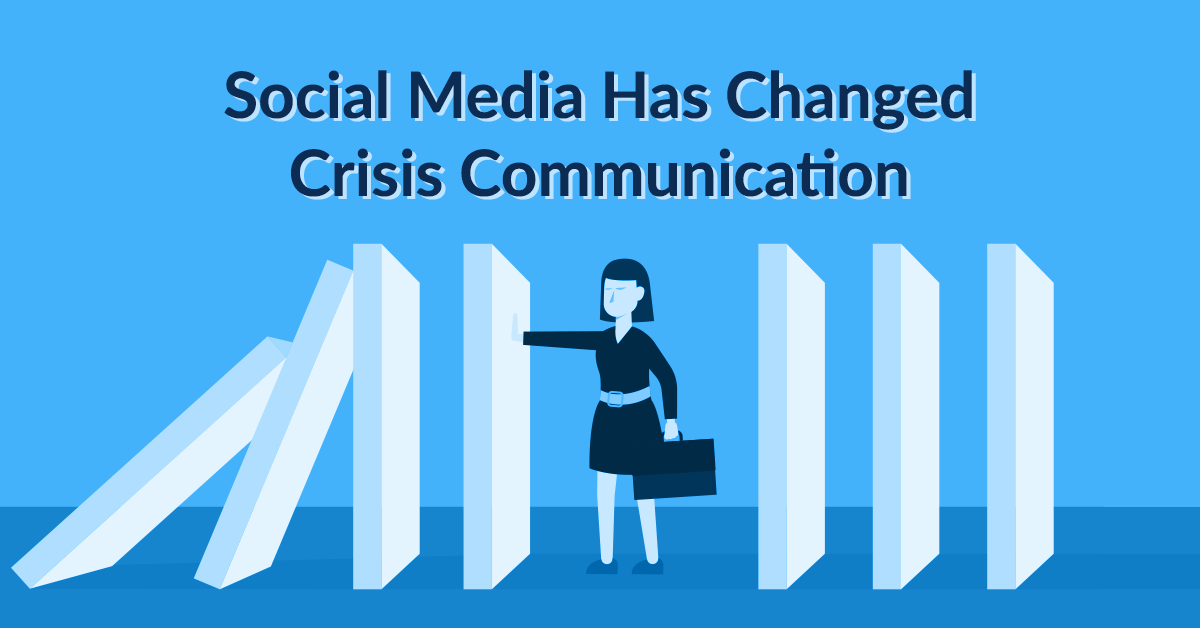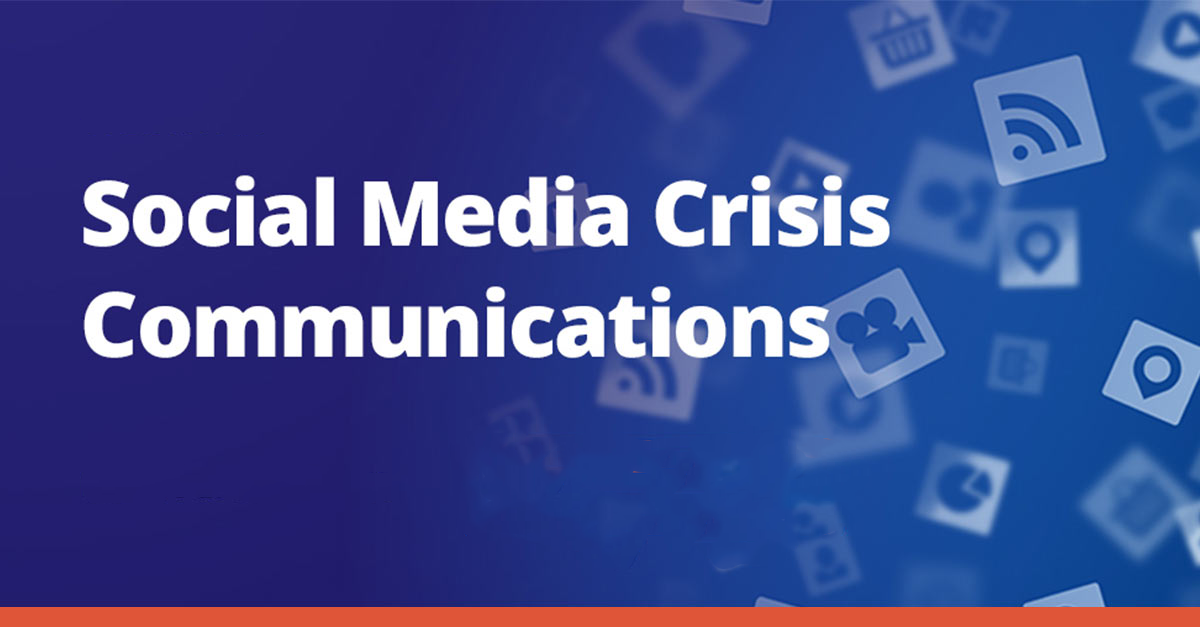In today’s digital age, social media has become an integral part of our lives, connecting people and businesses across the globe. While it offers numerous advantages for companies, it also comes with its fair share of challenges. One such challenge is dealing with a social media crisis. In this article, we will explore the importance of having a well-thought-out social media crisis communication plan and the steps to create one.
Why You Need a Social Media Crisis Communication Plan

Without a well-defined crisis communication plan, your company may struggle to respond adequately when a crisis hits. Such a plan serves as a roadmap for managing the situation, minimizing damage, and preserving your brand’s reputation.
Key Elements of a Crisis Communication Plan
1. Identifying Potential Crises
Begin by identifying potential crises that your business could face. This could include product defects, data breaches, or public relations blunders. Understanding the risks is the first step in preparedness.
2. Establishing a Crisis Management Team
Designate a team responsible for handling crises. This team should include key decision-makers, PR experts, legal advisors, and social media managers.
3. Developing Messaging Protocols
Craft clear and concise messaging guidelines for different crisis scenarios. These guidelines should include approved statements, key messages, and response templates.
4. Monitoring and Response Strategy
Implement monitoring tools to track mentions and sentiment on social media. Establish a tiered response strategy that outlines how and when to respond to different levels of crises.
Creating a Crisis Communication Strategy
1. Pre-Crisis Phase
During this phase, focus on prevention and preparation. Conduct regular risk assessments, media training, and scenario planning to ensure your team is ready for any crisis.
2. Crisis Phase
When a crisis occurs, follow your predefined protocols. Communicate transparently, take responsibility for mistakes, and provide regular updates to the public.
3. Post-Crisis Phase
After the crisis is resolved, assess the damage and learn from the experience. Make necessary improvements to your crisis communication plan to prevent future recurrences.
Training and Simulation Exercises
Regularly conduct training exercises and simulations to keep your crisis management team sharp and ready to respond effectively.
Case Studies
Explore real-world examples of companies that handled social media crises well and those that didn’t. Learn from their successes and mistakes.
The Role of Social Media in Crisis Communication
Social media can both fuel and mitigate crises. Learn how to harness its power to your advantage during a crisis.
Measuring the Effectiveness of Your Plan
Use key performance indicators (KPIs) to evaluate the success of your crisis communication efforts. Adapt and refine your plan as needed.
Conclusion
In today’s digital landscape, a social media crisis communication plan is not a luxury but a necessity. It’s a proactive approach that can save your brand’s reputation in times of turmoil. Remember, being prepared is half the battle.
Ready to safeguard your brand’s reputation? Request a demo of AIM Technologies’ cutting-edge crisis communication solutions today.
FAQs
1. How often should we update our crisis communication plan?
- Regularly review and update your plan at least once a year, or whenever there are significant changes within your organization.
2. Can a crisis communication plan prevent all reputation damage?
- While it can’t prevent all damage, a well-executed plan can significantly minimize the impact of a crisis.
3. What is the biggest mistake companies make during a social media crisis?
- Delaying or providing inadequate responses can exacerbate the crisis. Speed and transparency are crucial.
4. Should we involve legal counsel in our crisis communication team?
- Yes, legal advisors can provide valuable guidance on managing legal aspects during a crisis.
5. How can we maintain a positive social media presence after a crisis?
- Consistent, positive engagement with your audience and a commitment to improvement is key to rebuilding trust.




